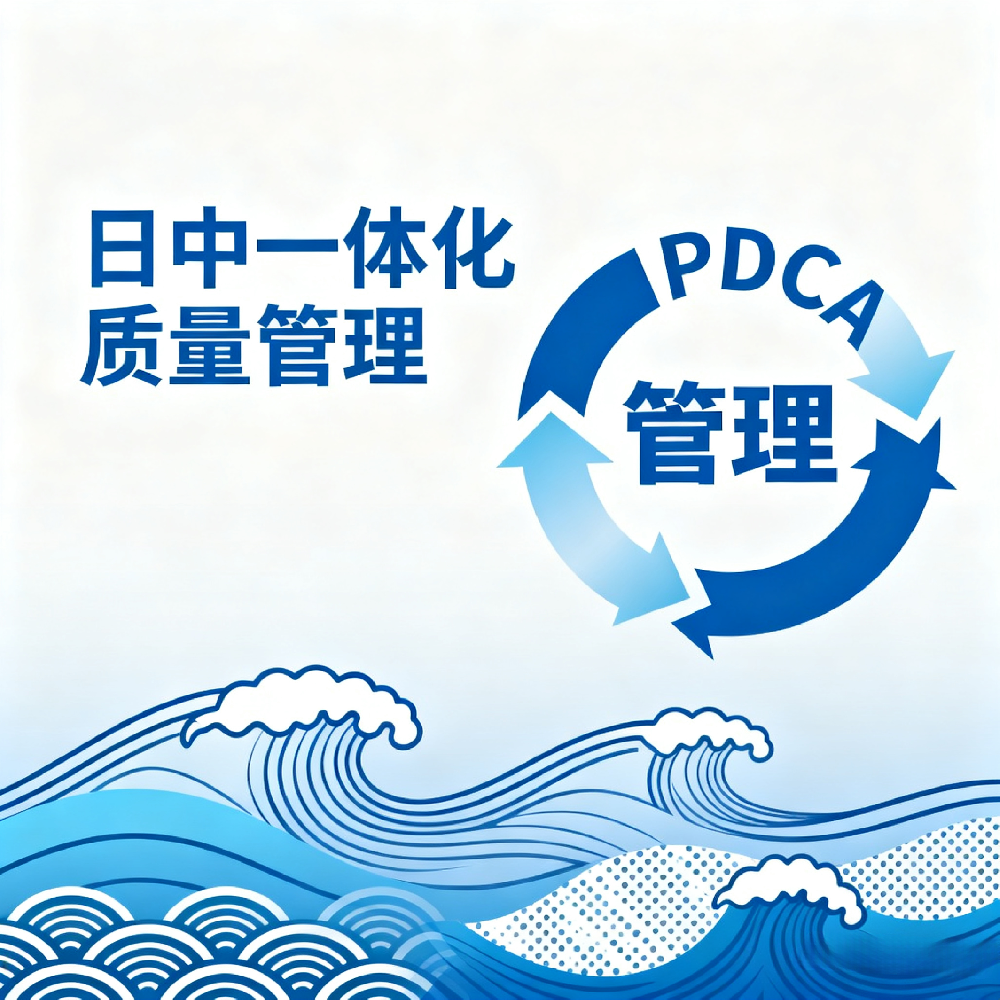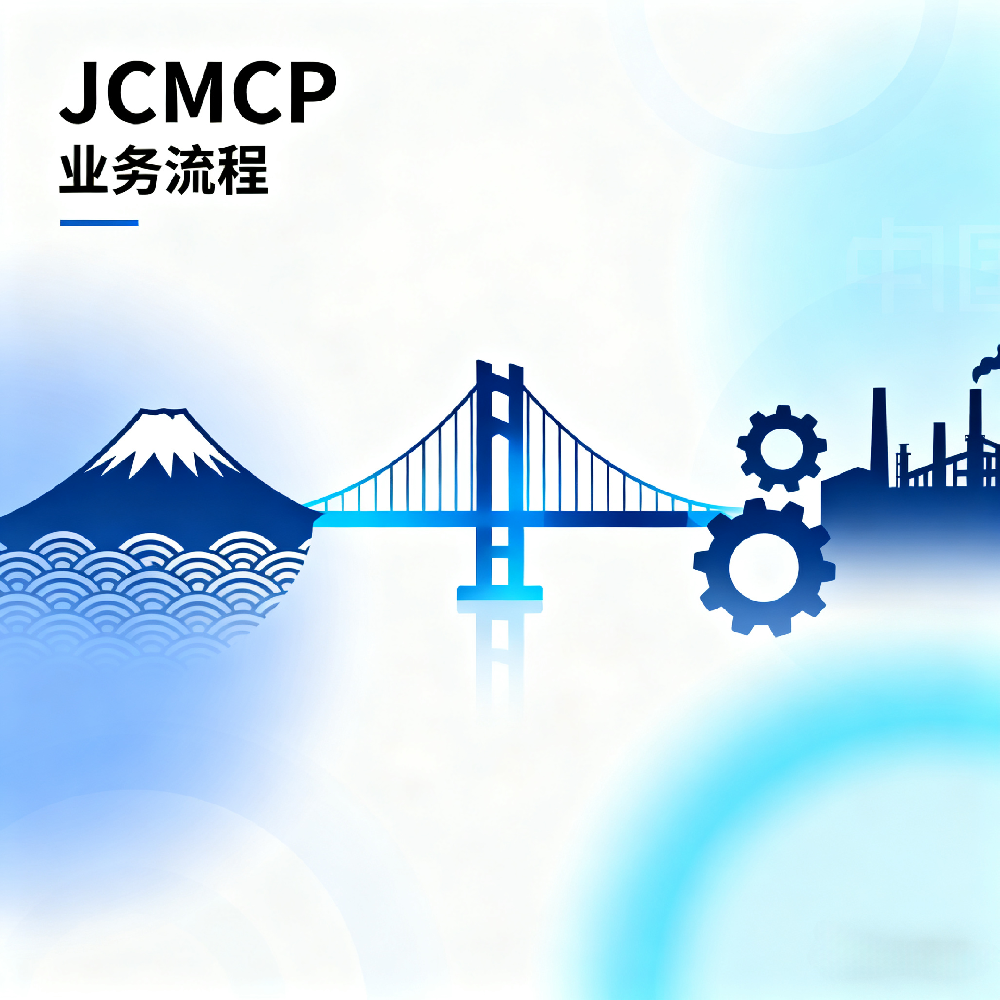With the rapid development of intelligent manufacturing and digital twin technologies, enterprises are placing higher demands on product performance prediction and virtual validation. Traditional 1D system simulation enables rapid system-level performance analysis but is limited in geometric, structural, and fluid details. In contrast, 3D simulation provides accurate multiphysics modeling but is often time-consuming and complex in parameter tuning.
To achieve efficient collaboration between system-level and physics-level simulations, our company has established a deep partnership with Yundao Intelligent Manufacturing Technology Co., Ltd. Through 1D–3D co-simulation, we are jointly promoting the digitalization and intelligence of product R&D processes.
1. Data Interface and Model Interoperability
The joint team has developed a 1D–3D data interface that enables the automatic transfer of parameters, boundary conditions, and control signals, allowing 1D and 3D models to interact dynamically within the same simulation environment.
By adopting a standardized data exchange protocol, bidirectional model coupling and real-time synchronization have been achieved.
2. Co-Simulation Platform Integration
Building upon our company’s 1D simulation platform and its system modeling capabilities, we integrated Yundao’s high-fidelity 3D simulation solver module.
Users can complete system topology modeling, 3D geometry creation, simulation solving, and visualization analysis all within a unified interface—greatly improving modeling efficiency and collaborative capability.
3. Typical Application Scenarios
Thermal Management System Simulation:
The 1D model describes the dynamic characteristics of the cooling loop, while the 3D simulation provides precise analysis of heat transfer and flow distribution in key components, enabling temperature field prediction from the system to the component level.
Powertrain Optimization:
1D simulation is used for control strategy and energy distribution analysis, while 3D simulation verifies structural and fluid performance. The combined optimization enhances overall vehicle or equipment performance by more than 15%.
Virtual Prototype Validation:
Design parameter changes automatically trigger corresponding 3D verification simulations, significantly shortening the design validation cycle.



